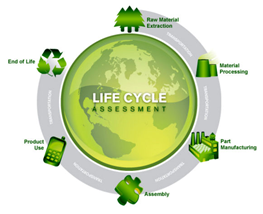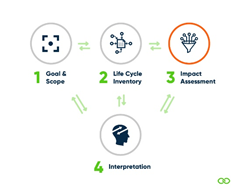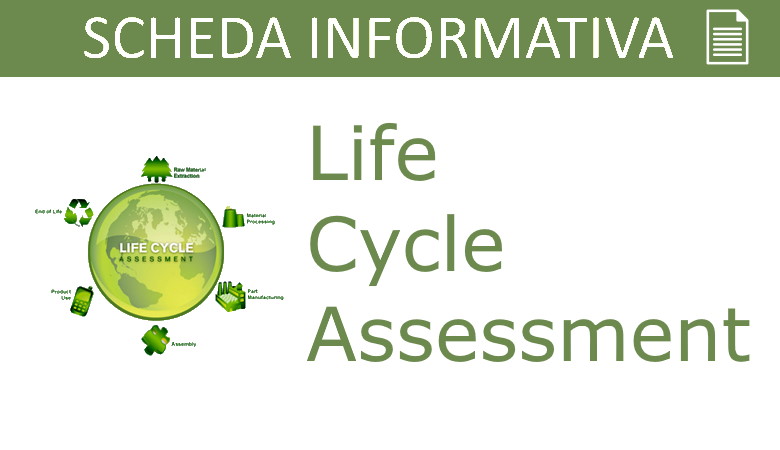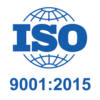Brief guide to Life Cycle Assessment procedures. Structure, environmental labels, references.
 The Life Cycle Assessment, better known by the acronym LCA, it is a procedure based on the evaluation of all the flows of matter and energy of a particular product, a process or a simple service, in reference to the whole “life cycle”. An extensive approach such as LCA therefore makes it possible to overcome the risk of referring to an excessively reduced scenario, reducing the possibility of reaching distorted conclusions.
The Life Cycle Assessment, better known by the acronym LCA, it is a procedure based on the evaluation of all the flows of matter and energy of a particular product, a process or a simple service, in reference to the whole “life cycle”. An extensive approach such as LCA therefore makes it possible to overcome the risk of referring to an excessively reduced scenario, reducing the possibility of reaching distorted conclusions.
The international regulatory reference for the execution of LCA studies is represented by the ISO standards of the series 14040:
- UNI EN ISO 14040:2006 Environmental management, Life cycle assessment, Principles and reference framework.
- UNI EN ISO 14044:2018 Life cycle assessment, Requirements and Guidelines.
From a national point of view, there has been a significant boost in the dissemination of the LCA methodology with the entry into force of the new Code of Contracts Legislative Decree. n.50/16.
Structure of the LCA procedure
 The LCA procedure consists of four phases (ISO 14040:2006):
The LCA procedure consists of four phases (ISO 14040:2006):
- Objective and Field of Application – in this phase the aims of the study are specified (object, recipients, applications) and the definition of the system considered is followed (inclusive of borders), the functional unit, identification of data and necessary assumptions.
- Inventory Analysis – this phase includes the collection of data and the calculation procedures that allow to quantify the flows into and out of the system.
- Impact Assessment – this phase aims to highlight the extent of the environmental changes that are generated as a result of releases into the environment (emissions into the air, water and soil) and the consumption of resources caused by the system / product analyzed, through the use of methodologies that classify the results into damage and impact categories
- Interpretation - consists, precisely, in the interpretation of the results relating to the inventory phases, impact assessment and in the eventual drafting of conclusions and recommendations for improving the environmental performance of the system studied.
LCA and environmental labels
The relevance of the LCA method is confirmed in the context of environmental policies that require product labeling. Based on ISO classifications, the following types of ecological labels are distinguished:
- I type (ISO 14024:2018): Eco-Label, German ecological label Blaue Engel, Ecological label of the Nordic countries Nordic Swan, …
- Type II (ISO 14021:2016): refer to the life cycle of the materials. They relate to individual characteristics of the product
- III type (ISO/TR 14025:2010): Environmental Product Declaration (EPD).
Main references
- Breve Guida Life Cycle Assessment (by Polo Green HoMe) – bit.ly/schedaLCA
- LCA for the European Commission – ec.europa.eu/environment/ipp/lca.htm
- Environmental labels – sceglisostenibile.com/negozi/index.php/marchi-ambientali
- Regulatory insights – store.uni.com/catalogo/home/
- Application cases:






